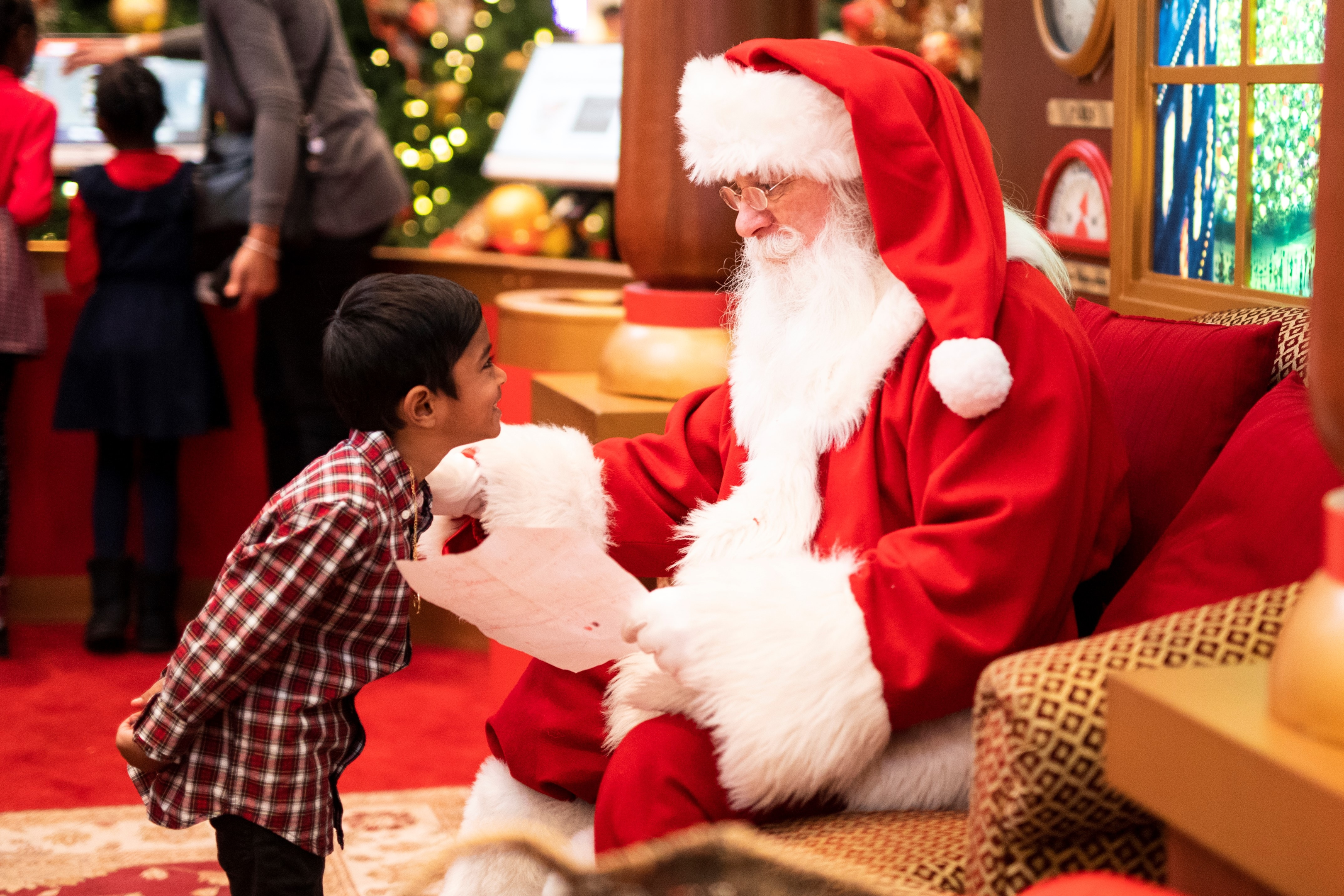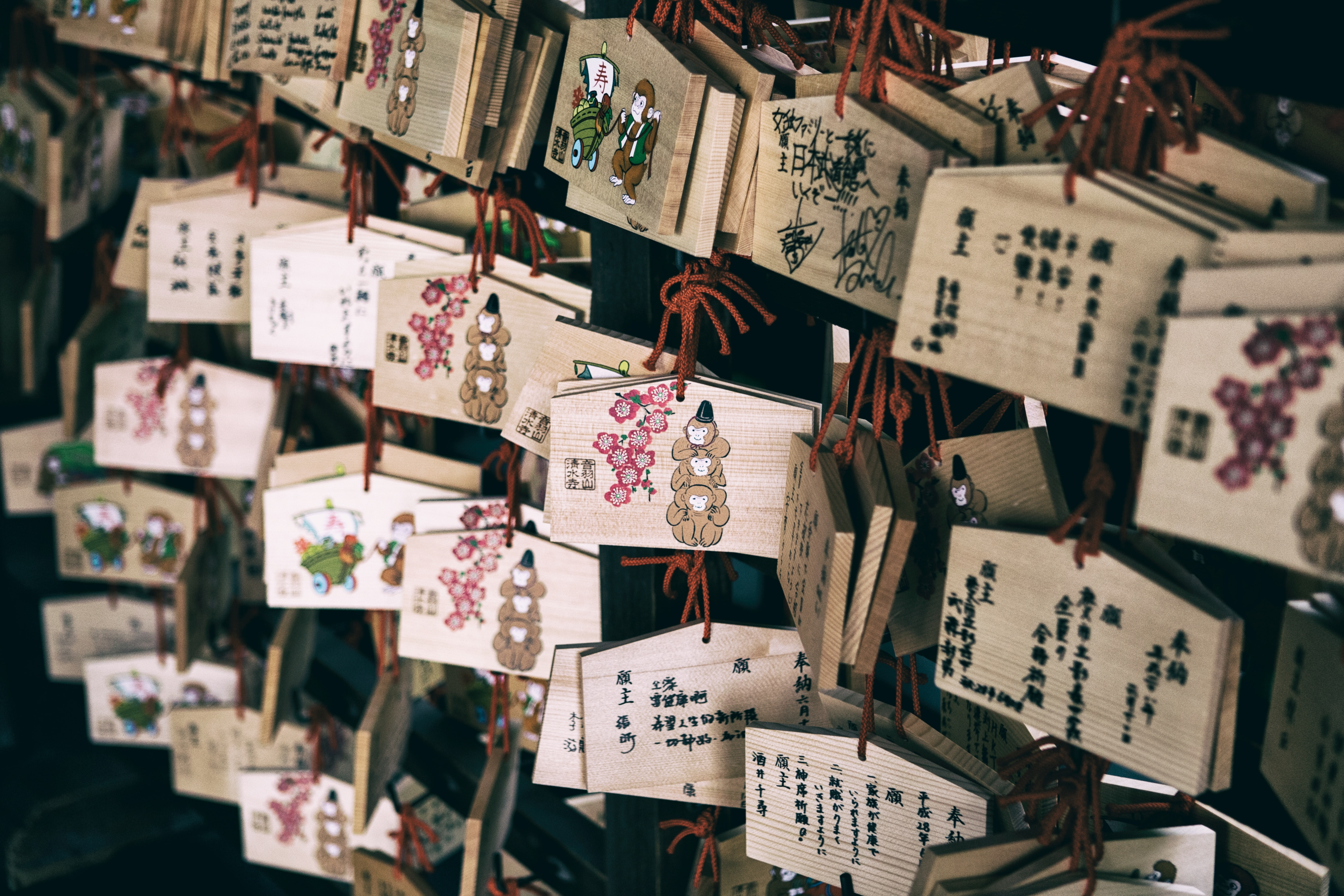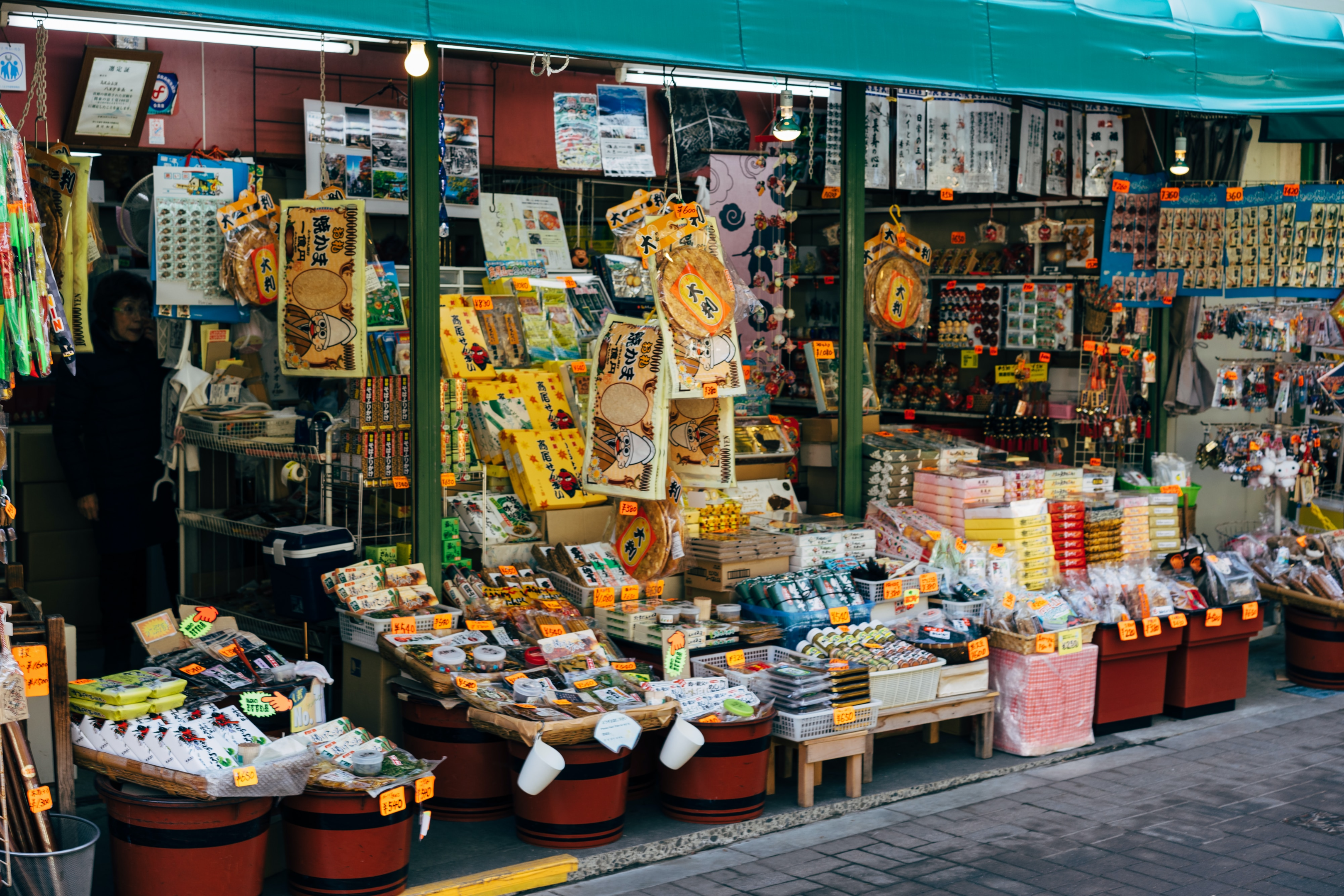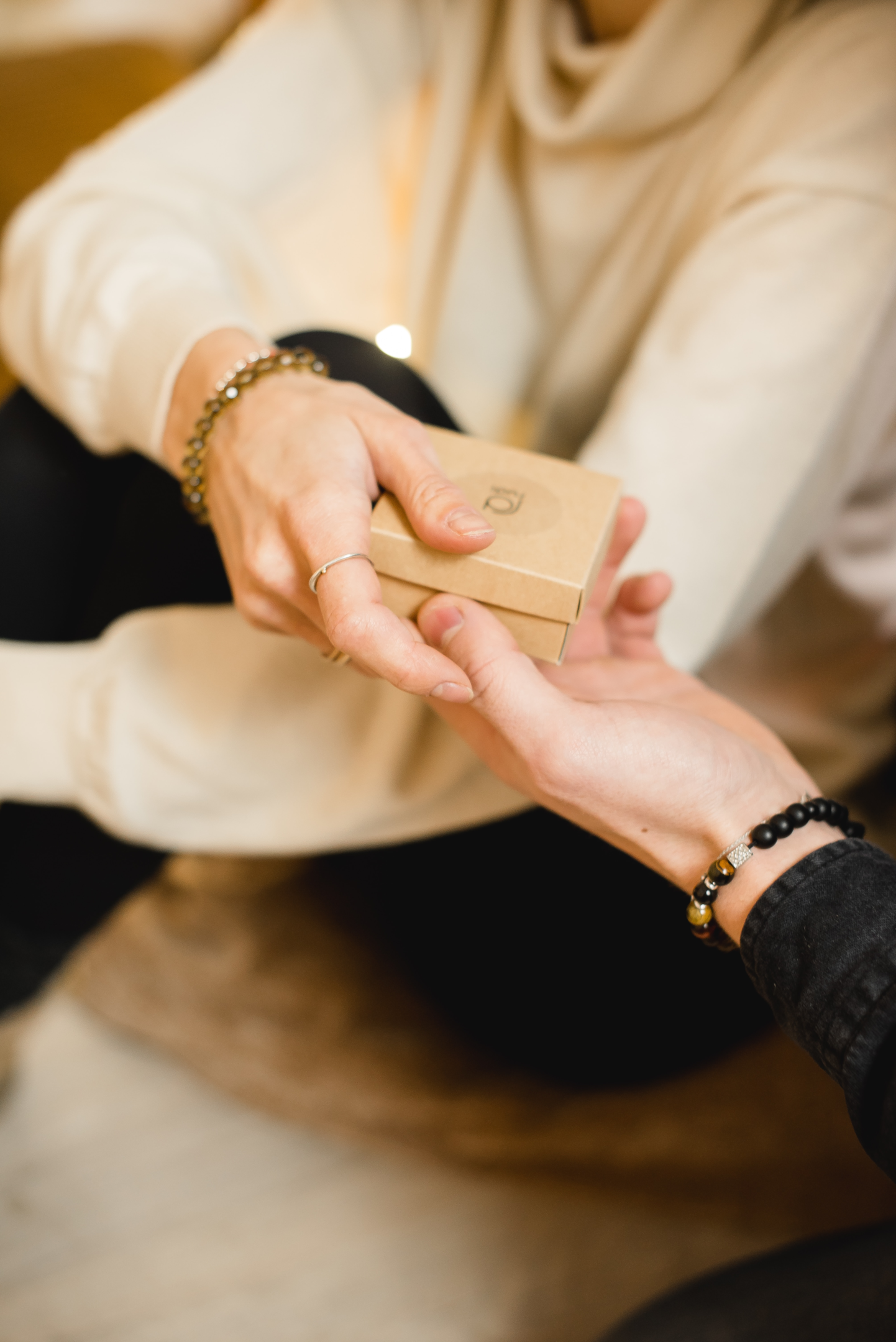Introduction
Ready to unwrap the story of gift-giving? This age-old tradition, as timeless as humanity itself, is our universal way of saying, "I care." It's all about love, respect, and a hearty dose of gratitude. Sure, we exchange gifts all year round, but come Christmas time, it's a whole different ball game! So, how did this festive flurry of gift-giving kick-off, and what twists and turns has it taken through the ages? Let's dive in and find out!

In this article, we'll journey through the history and explore the tradition of gift-giving.
The Ancient Roots of Gift Giving
The Earliest Records of Gift Giving
Ready to journey back to the very roots of human culture? Picture this: a time before cash, credit cards or even barter systems. Yes, we're talking about the dawn of civilization! And guess what? Our ancestors were already in the swing of gift-giving! Anthropologists reckon these early exchanges weren't just about swapping cool stuff—they played a pivotal role in our evolution, paving the way for alliances and social bonds between tribes. Let's take a closer look at how gift-giving became an essential part of our social DNA!
It was a societal spectacle, brimming with pomp and ceremony! Gifts weren't just tokens of affection or friendship—they were woven into the very fabric of society, a crucial part of rituals that were as grand as they were elaborate.
Gifts were used for various purposes, such as negotiating alliances, settling disputes, displaying wealth, or simply as acts of generosity and goodwill.
From Whom Did The Tradition of Giving Gifts Come From?
Ever wondered about the origins of our beloved tradition of Christmas gift-giving? Buckle up for a sleigh ride through history! Far from being a simple custom, it's a vibrant tapestry woven with threads from pagan customs and Christian traditions. Let's unwrap the rich and diverse roots of this festive tradition!
In the ancient pagan societies of Europe and the Middle East, it was customary to exchange presents during mid-winter celebrations. This practice was a part of their rituals celebration, often held to commemorate the winter solstice. The giving of gifts was seen as a means to encourage the return of prosperity with the coming of spring.
The Christian faith, in its early efforts to convert pagans, integrated some of these existing customs into its own observances. The act of gift-giving was associated with the story of the Magi or the Three Wise Men who journeyed to present gifts to the infant Jesus. These three gifts, namely gold, frankincense, and myrrh, were rich in symbolism and marked one of the earliest instances of gift-giving in Christian lore.

As Christianity spread, another figure emerged as a symbol of generosity and gift-giving: Nikolaos of Myra, better known as Saint Nicholas. Born in the 4th century in what is now modern-day Turkey, Saint Nicholas was renowned for his extraordinary kindness and his habit of secret gift-giving. He would later become the patron saint of children and sailors, and his feast day (December 6th) became a day of celebration where gifts were exchanged.

In this way, the old pagan custom of gift-giving found its place in Christian traditions, influenced by biblical tales and the life of Saint Nicholas. The act of giving gifts, whether it be under a Yule tree or a Christmas tree, brings together these diverse strands of history and tradition, creating a practice that is both an ancient tradition and ever-evolving.
How Various Cultures Embrace the Tradition of Gift-Giving
Gift-giving is a common practice in many cultures around the world. It serves as a way to build and nurture relationships, express gratitude, and celebrate special occasions. The nature and significance of these gifts can vary greatly depending on cultural norms and traditions. A fascinating example of this is the Japanese tradition of 'omiyage'.
In Japan, 'omiyage' (お土産) is more than just a souvenir. It's a time-honored custom deeply ingrained in Japanese culture. The term translates to "local product," but it doesn't refer to things you buy for yourself as mementos from a trip. Rather, it means gifts you bring back for friends, family, or colleagues when you return from a journey.

The tradition of 'omiyage' dates back centuries to when people made long pilgrimages to Shinto shrines. These pilgrims would bring back religious tokens as proof of their journey, which they would then share with their communities. Over time, this evolved into the present-day practice of buying locally produced items, usually foods or crafts, as 'omiyage'.
In the context of work, bringing 'omiyage' back to the office after a trip is almost an expected courtesy. The gifts, often local sweets or food items, are shared with colleagues as a token of goodwill and a way to share the experience of the journey.

Even though 'omiyage' translates to "souvenir," the practice of giving 'omiyage' in Japan is much more nuanced than your typical Western ideas of what a souvenir is. It's not just about the item itself, but also the thought, consideration, and connection it symbolizes.
Unique Gift-Giving Customs Around the World
From the “regifting” tradition in Canada to the "Julklapp" (Christmas knock) in Sweden, the world is full of unique and fascinating gift-giving customs that add a special touch to the holiday season.
Regifting, the act of taking a gift one has received and giving it to someone else, often in the guise of a new gift, has become a common practice around the world. In Canada, this tradition is also prevalent, particularly during the holiday season.

The tradition of regifting in Canada is also influenced by the country's environmental consciousness. Many Canadians view regifting as a sustainable practice that reduces waste and promotes the reuse of items.
The presentation of the regifted item should be as thoughtful as any other gift. This means that the item should be properly wrapped and presented in a way that shows care and consideration for the recipient.

In essence, while regifting is a common practice in Canada, it requires tact and thoughtfulness. When done with care and consideration, it can be a practical and eco-friendly approach to gift-giving.
The Evolution of Gift Giving
Gift Giving Through the Ages
Over the centuries, the tradition of gift-giving has evolved significantly. During the middle ages, it was common for gifts to be exchanged on New Year's Day. However, by the 19th century, the focus on gift-giving switched from New Year to Christmas.
Also check out: Seeking the perfect gift for a vinyl record lover? Look no further. Dive into this guide on the best must-have vinyl record accessories, and find a gift that will strike a chord with any audiophile.
How Gift Giving Has Changed Over Time
The evolution of gift-giving in modern times has been significantly shaped by the growth of consumer culture and the advent of digital technology. Today, the act of giving gifts is often closely tied to commercialism, due in part to the influence of advertising and the rise of online shopping.
Despite these changes, the essence of gift-giving remains the same. At its heart, giving a gift is a way of expressing love, appreciation, and gratitude. It's a means of connecting with others and showing them that they are valued. The joy derived from giving and receiving gifts transcends the material value of the gift itself.

While the mediums and methods of gift-giving have evolved over time, the sentiment behind it remains unchanged. Whether it's a homemade gift or a high-end gadget purchased from online retailers, the intention behind the gift—to make the recipient feel loved and appreciated—is what truly matters.
While modern gift-giving practices have been influenced by commercialism and technology, the core values that underpin this tradition—love, gratitude, and connection—remain steadfast. As society continues to evolve, so too will our gift-giving practices, but these fundamental values will likely continue to guide us.
Also check out: If you're searching for the perfect present for the audiophile in your life, look no further. Discover why custom vinyl records make great gifts for music lovers and explore a unique, nostalgic, and personal gift option that's music to their ears!
Santa Claus and Christmas Gifts
The Story of Santa Claus and Christmas Gift Giving
The story of Santa Claus, or Saint Nicholas, plays a significant role in Christmas gift-giving. Known for his generosity, the legend tells of Saint Nicholas secretly giving gifts to the needy, which became the foundation of Santa Claus delivering presents on Christmas Eve.
Why Does Santa Claus Give Gifts?
Santa Claus gives gifts to children as a way to spread joy and happiness. This tradition reflects the spirit of generosity and goodwill that is central to the Christmas season.

The Impact of Santa Claus on Modern Christmas Gift-Giving
Santa Claus's influence on modern Christmas gift-giving is profound. His image has been used extensively in advertising campaigns, further promoting the concept of gift-giving during the festive season.
The Significance of Christmas Gifts
Understanding the Importance of Christmas Gifts
Christmas gifts are more than just material possessions. They are a symbol of love, appreciation, and the joy of giving. They remind us of the presents given to Jesus by the Wise Men, reinforcing the spiritual significance of Christmas.
How Christmas Gifts Strengthen Bonds and Relationships
The act of giving presents and receiving gifts at Christmas fosters a sense of unity and strengthens bonds between family and friends. It's a time when we can express our love and gratitude towards each other, creating cherished memories.
Conclusion
So, we've journeyed from ancient customs to Christian symbolism and modern practices in our quest to understand the tradition of gift-giving. The heart of gift-giving hasn't changed—it's all about showing the love and appreciation we have for each other. As we peek into the future, it's a joy to know that this timeless tradition will continue to sprinkle a dash of magic and warmth into our Christmas celebrations. Here's to keeping the spirit of gift-giving alive and jolly!

In the modern era, gift-giving has become a central part of holiday celebrations. It's seen as a way to express love and appreciation to family and friends. Despite the commercialization of Christmas, the act of giving and receiving gifts remains a meaningful annual tradition for many, symbolizing the values of generosity, thoughtfulness, and goodwill.
The tradition of gift-giving is a rich and diverse one, steeped in history and filled with symbolic meaning. The real magic of a gift? It's not about the price tag—it's all about the heart behind it. So, let's celebrate the real gift of giving—the sentiments that money just can't buy!
